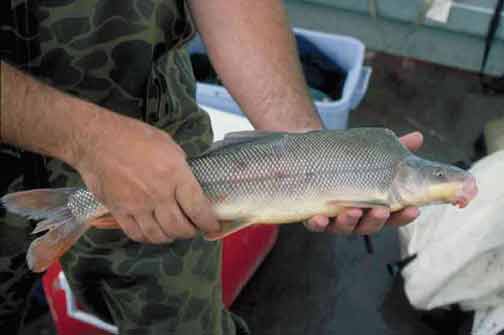Facts About Razorback sucker
The razorback sucker is a distinctive species of suckerfish native to the rivers and lakes of the southwestern United States. It is easily identified by the characteristic keel that runs between its head and dorsal fin. Once prevalent throughout the Colorado River Basin, the razorback sucker’s population has significantly declined due to commercial fishing, habitat destruction, and river damming. Today, they are primarily found in the Colorado River upstream of the Grand Canyon and in four lakes: Lake Mead, Lake Mohave, Lake Havasu, and Lake Powell.
These fish have a fascinating life cycle, migrating from deep waters to suitable spawning grounds to breed. Researchers are continuously studying their behavior and breeding habits to better understand and protect them. Since 1991, the razorback sucker has been federally protected and is listed as "critically endangered" by the International Union for Conservation of Nature. There is a glimmer of hope, though, as recent sightings below the Grand Canyon suggest some recovery.
You can identify a razorback sucker by the sharp-edged bulge on its back. They can grow up to 91 cm long and exhibit a color gradient from dark olive or brown-black on top to a lighter yellow underneath. While they used to thrive throughout the Colorado River Basin, their habitat is now much more restricted.
Conservation efforts are in full swing to help the razorback sucker recover. Programs are in place to restore their populations in various locations, such as Lake Mohave and the Colorado River. The species is federally listed as endangered, and there are specific measures to protect their critical habitats. Ongoing research and tracking of these fish are essential to support their conservation and ensure they have a fighting chance at recovery.

 Mexico
Mexico